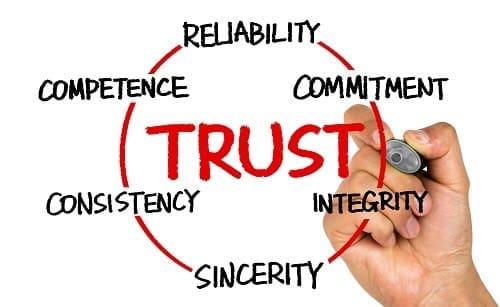
Keep on truckin’. That’s the message the Lone Star State sends over-the-road owner-operators looking to make it big in the transportation and logistics business.
In 2016, more than 3,000 trucking industry professionals throughout the U.S. were surveyed to determine the best and worst states to own and drive a truck. The survey revealed Tennessee as the nation’s best for truckers, with California “raking the leaves” at the back end of the convoy.
The survey factored several items to determine its rankings. These included cost of overnight parking, fees/regulations, if location in the U.S. mattered, and how friendly states were to drivers. Texas finished a solid fourth in the best state’s derby. Were there to be another survey, it’s likely the state could finish higher thanks to the state’s “put the hammer down” pro-business attitude and economy.
Texas benefits from a strong economic base that often booms when times are good and weathers slow times better than the rest of the nation. This creates and sustains demand for consumer and industrial goods and products, goods and products that must be transported over the road. Small trucking companies have plenty of opportunities to compete for these loads, even outfits new to the market. In addition, Texas is home to three of the nation’s largest cities and one of America’s biggest ports. It’s no surprise that Texas cities ranked among the Top 10 in several freight transportation categories in a 2018 trucking survey by DAT Solutions.
The Lone Star State also has a business-friendly agenda. This means fewer laws and regulations that add to costs, sap cash reserves and make doing business harder. These include complex labor and environmental laws that can be burdensome for trucking companies of all sizes, but smaller ones in particular.
In 2018, Texas won CNBC’s annual Top State for Business in America award. It was the fourth time Texas has won top prize in the award’s 12-year existence. Texas Gov. Greg Abbott explains:
“When given the freedom to aspire, Texans risk their own capital and invest in themselves and others by opening businesses large and small. And success is contagious. New business formation in Texas is at a five-year high. Start-ups are growing here right alongside Fortune 500 companies and more than 2.6 million small businesses. It’s no surprise that Texas is ranked by CEOs as the best state for doing business, now for the 14th year in a row. As one Texas entrepreneur puts it: ‘If you like big ideas … build your business in Texas.’”
Meanwhile, Texas placed third in a similar Forbes magazine survey of best states for business.
Texas’ low business taxes and lack of an income tax make it an attractive place to open a business of any size. It’s a top state in terms of access to the capital a business like a trucking outfit needs to expand and grow.
Texas is a big place with tens of thousands of miles of highways. The state has invested heavily in infrastructure and roads in both rural and urban areas. Better and less congested roads make a trucker’s job easier.
Whether you’re eastbound and down, westbound or any other direction, Texas should rank high on your list of places to locate a trucking firm.
Once you’ve set up shop in the Lone Star State, you may find you need to add employees, buy new equipment or improve your cash flow. If so, consider invoice factoring. Invoice factoring allows you to “sell” your accounts receivable invoices to a factoring company. The factoring company pays you upfront for outstanding invoices, giving you the cash you need today to run your business, and eliminating the worry and hassle of slow pay collections, leaving you free to run your business. Invoice factoring is a convenient alternative to a traditional bank loan or fee-laden online loans and risky crowdfunding. Each of these sources require a long-term contract. Factoring, however, gives you the money you need when you need it with no long-term obligations. You can also get cash quicker through invoice factoring – usually within a day or two. If you would like to learn more about how invoice factoring works and how it can put your cash flow into the fast lane, simply call toll-free 1-877-960-1818 or email [email protected].












 A growing economy and full-employment workforce are great things for America and its citizens… unless you’re a small business employer looking to fill a job and face an ever-shrinking pool of applicants. In July 2018, the national unemployment rate
A growing economy and full-employment workforce are great things for America and its citizens… unless you’re a small business employer looking to fill a job and face an ever-shrinking pool of applicants. In July 2018, the national unemployment rate 




